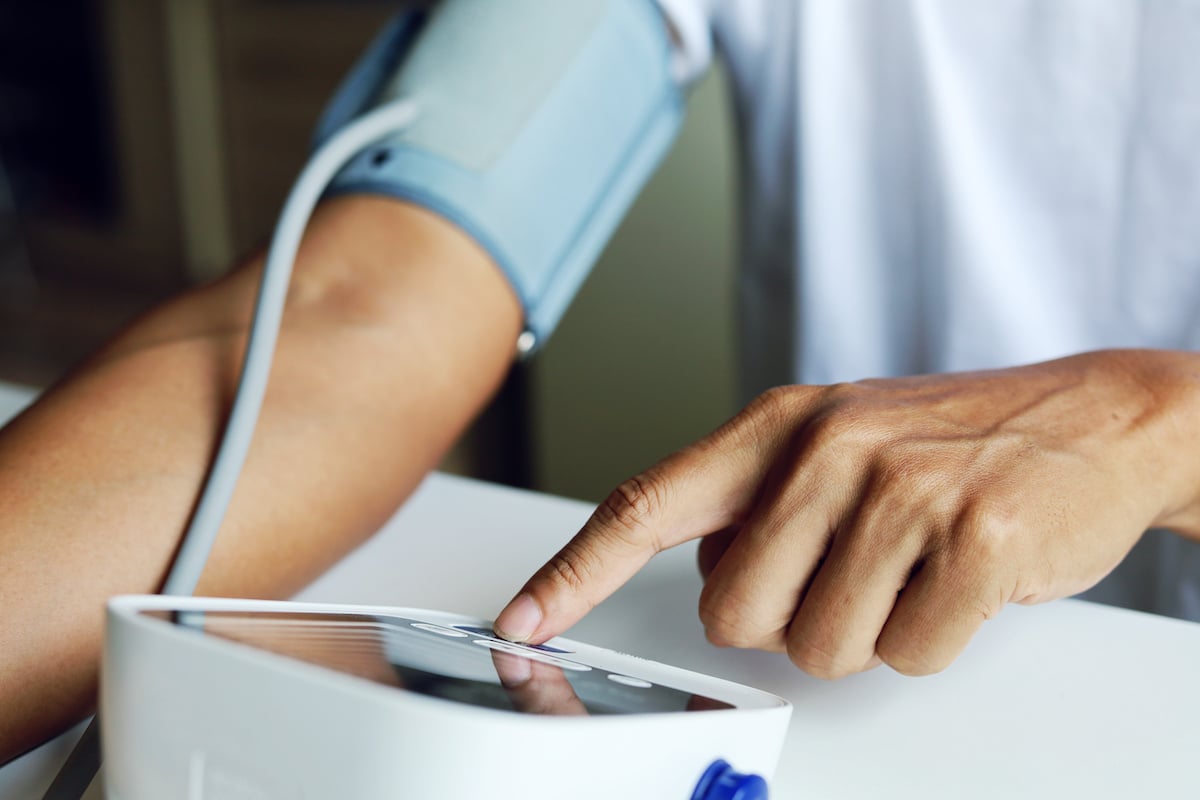
Having high blood pressure in adulthood greatly raises the odds for multiple types of stroke, a new study confirms. “Our results suggest that early diagnosis and sustained control of high blood pressure over the lifespan are critical to preventing stroke, ischemic stroke and intracerebral hemorrhage,” said senior study author Dr. Deborah Levine. She’s a professor… read on > read on >










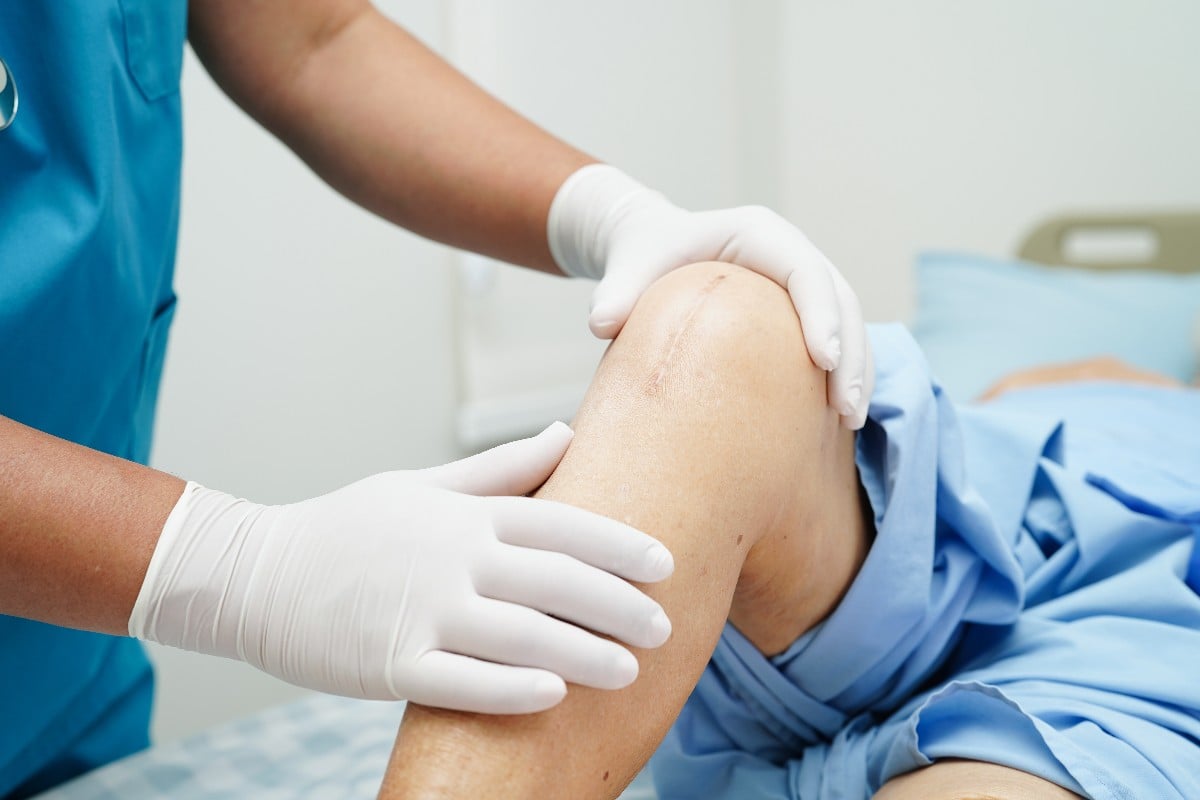
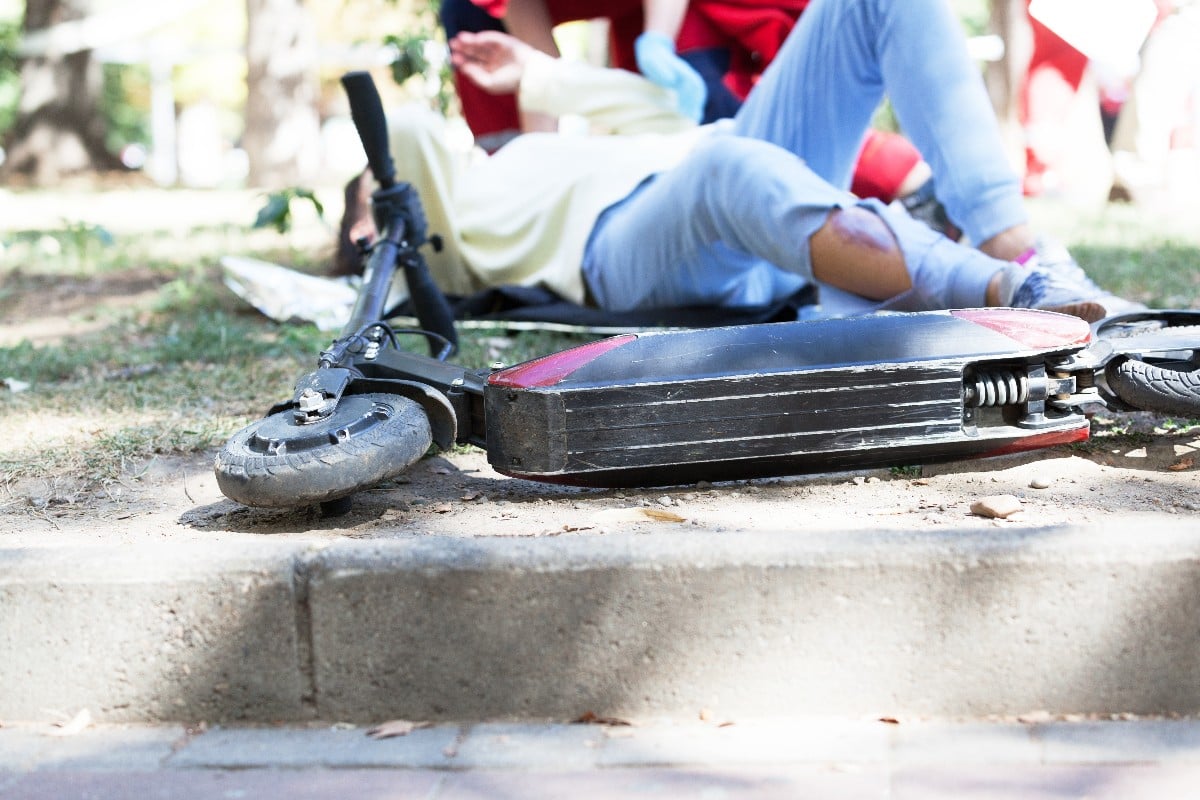
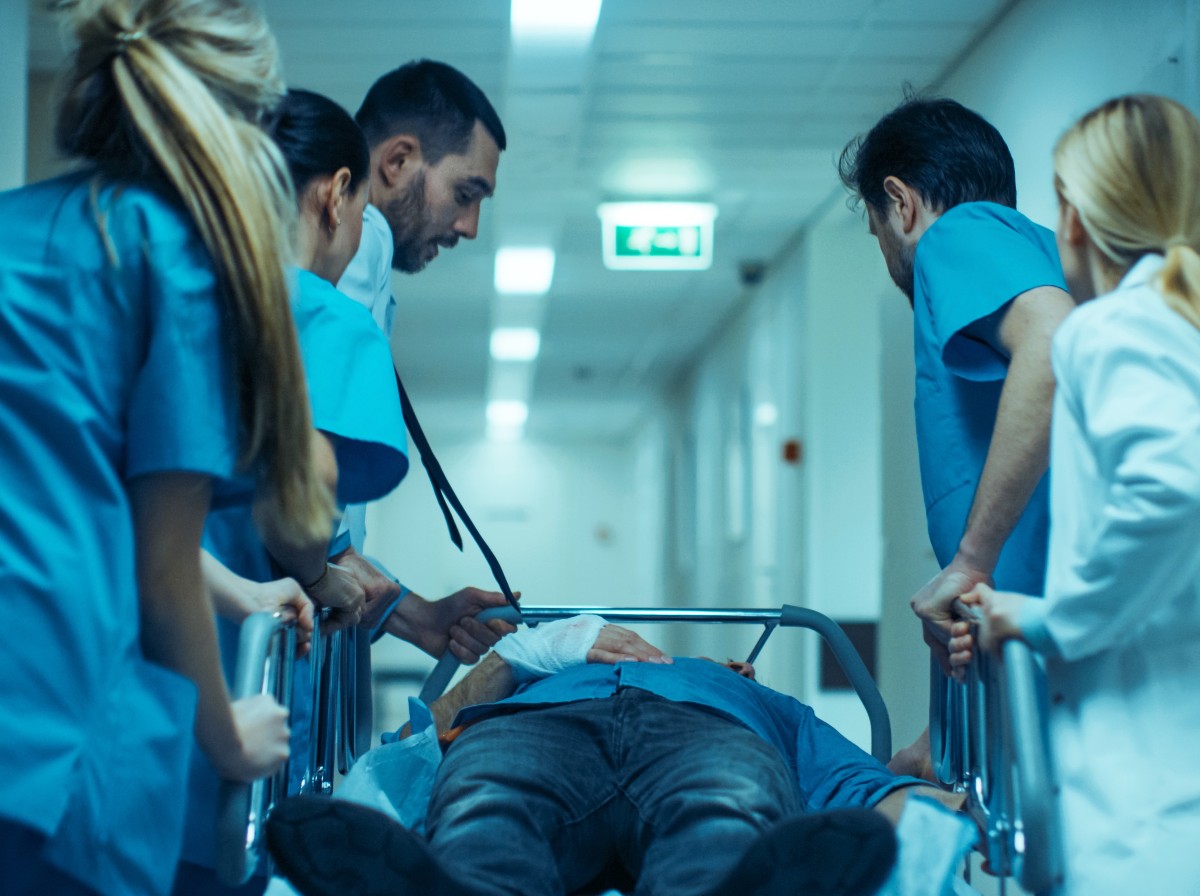
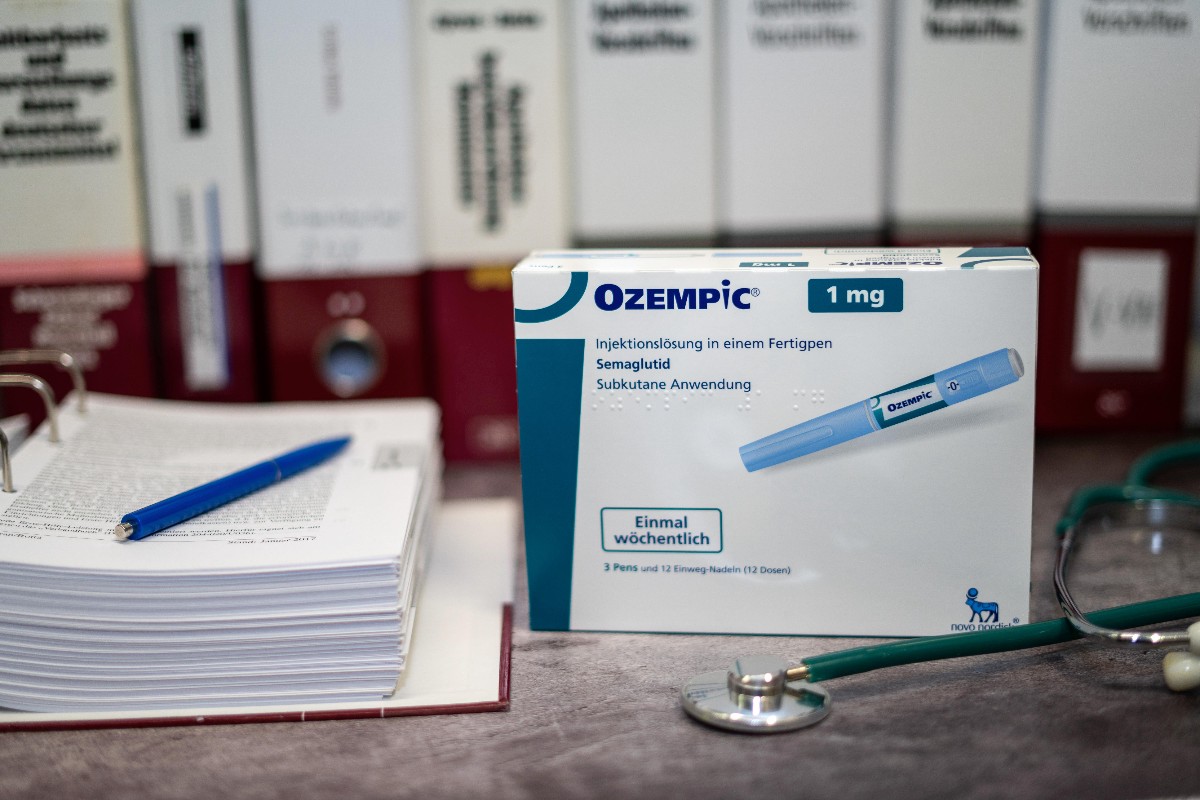

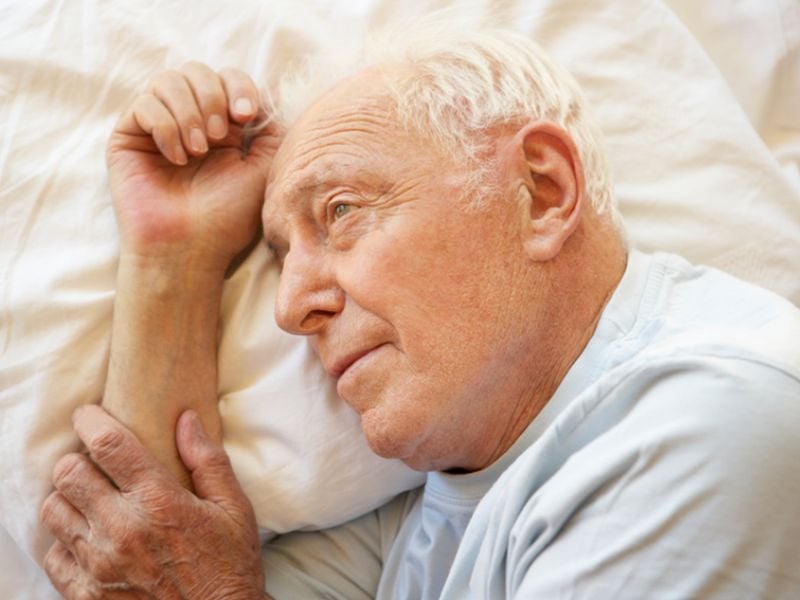

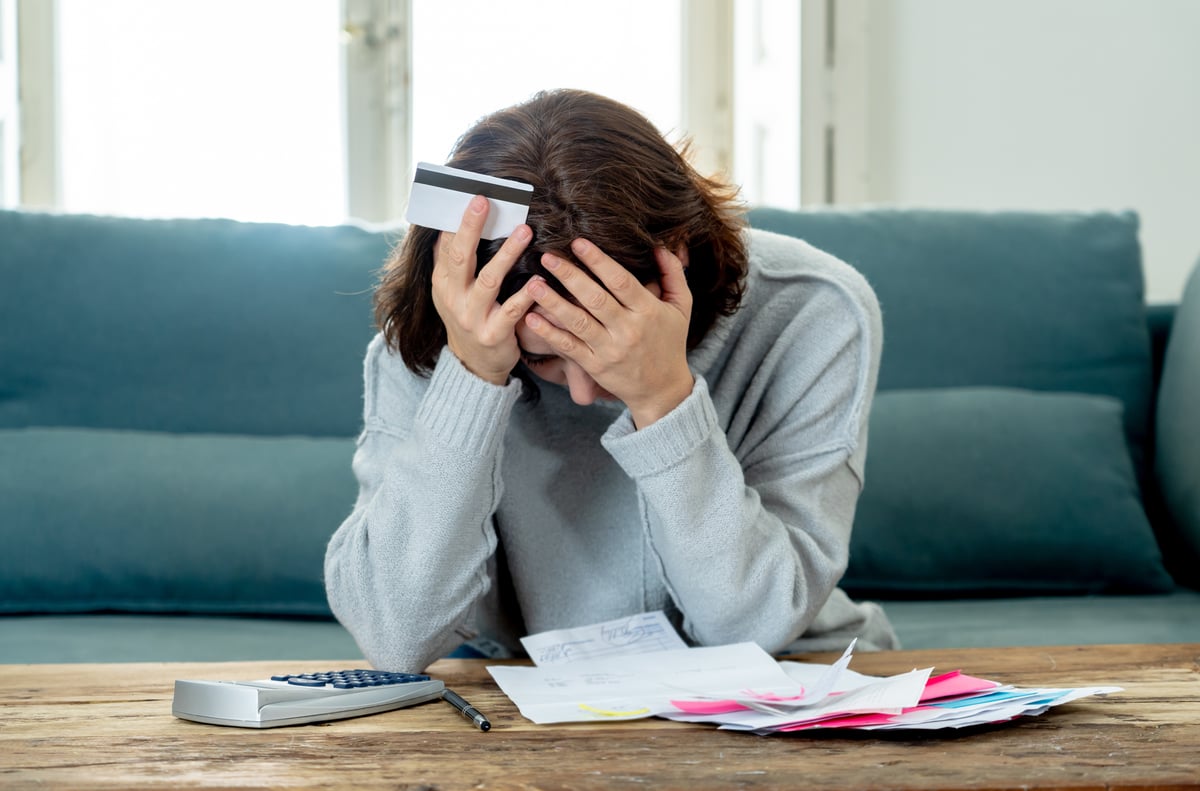

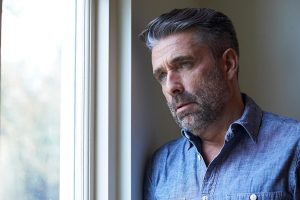






-300x200.jpeg)



